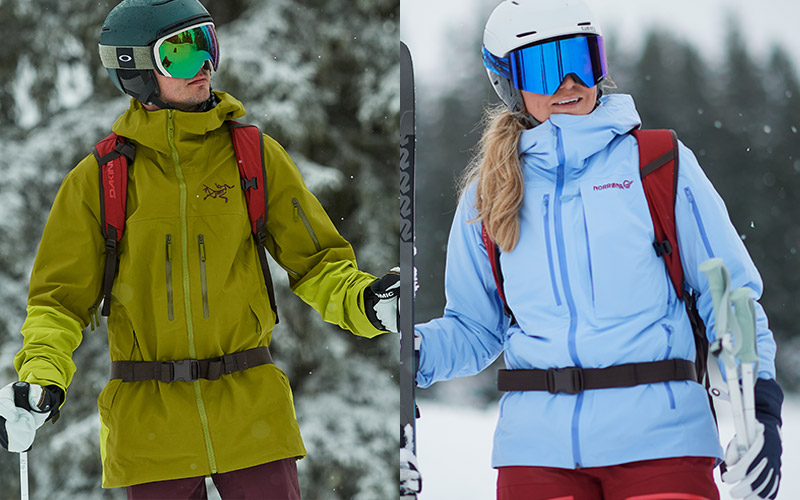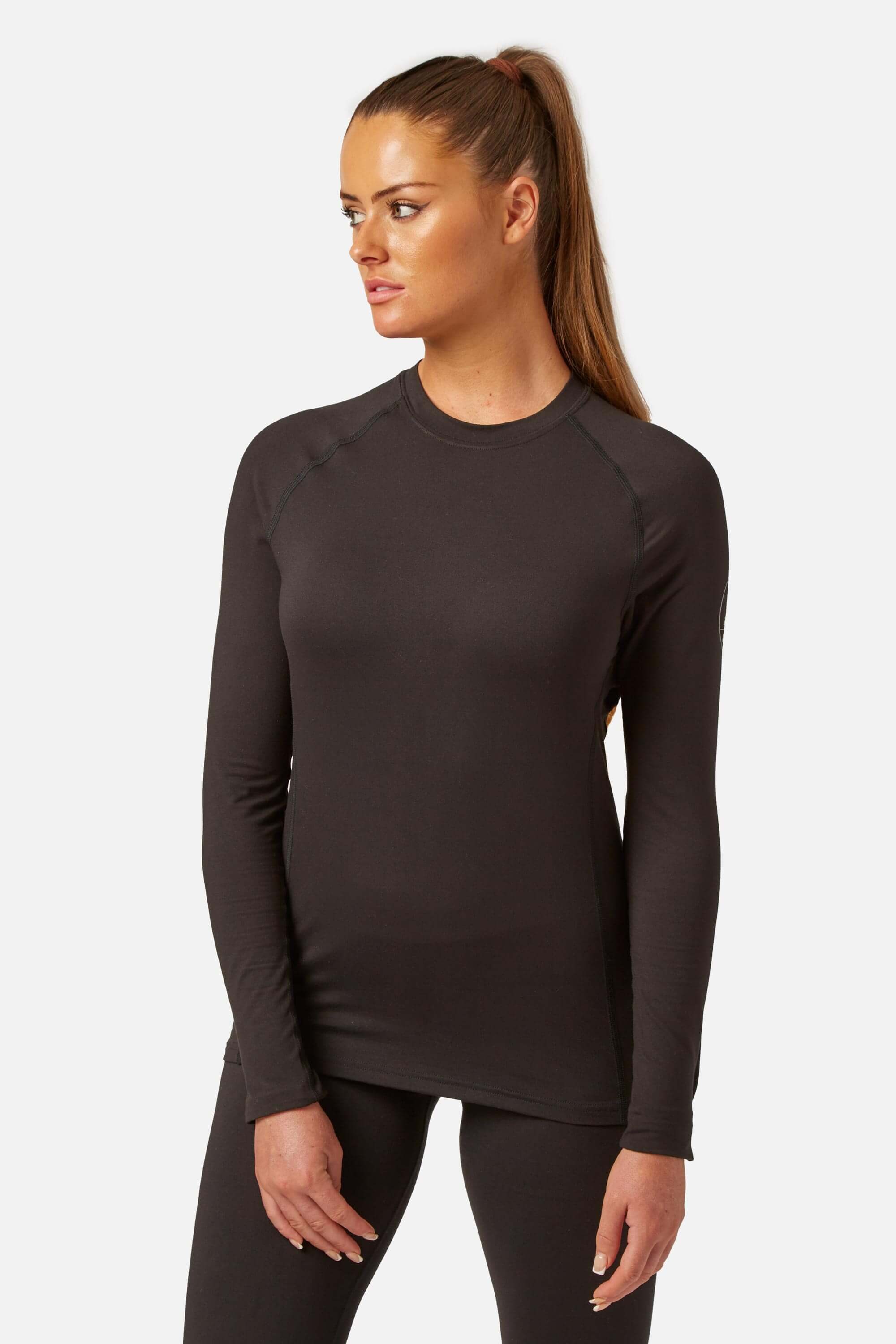Recommended Facts On Deciding On Merino Wool Base Layers For Hiking
Wiki Article
How Do Merino Sheep Compare To Other Kinds Of Sheep
Merino sheep differs from other breeds. Merino sheep also have fine wool. Merino's wool is soft and more fine than other breeds of sheep. Merino wool is highly prized for its versatility and warmth.
Adaptability- Merino wool sheep are extremely adaptable to changing environments and climates. They are capable of surviving in both cool and hot climates.
Resilience: Merino sheep are known for their tough and resilient. They can withstand harsh conditions in the weather, and are immune to many common sheep diseases.
Fertility- Merino Merino sheep have very high fertility rates. They can produce multiple offspring from one pregnancy.
Merino sheep have distinct grazing habits that help them keep their health. They graze in a cautious and selective way that helps them avoid overgrazing and toxic plants.
Breedingis a process that breeds Merino sheep are often selectively crossed to create the highest quality wool. This has led to the availability of a variety of Merino sheep breeds, each with distinct features and traits.
Merino sheep are highly prized for their fine wool, adaptability and resilience. They are an indispensable source of wool and are highly valued by breeders and farmers around the world.
How Do The Base Layers Of Merino-Wool Merino Differ For Mediumweight, Lightweight, And Heavyweight?
The fabric's texture and its warmth are the primary difference between the midweight, light and heavyweight Merino wool base layer types. This article will provide a detailed explanation of the differences between these three types. Lightweight Merino base layers are made from a thin, breathable fabric. This fabric is great for mild to cool weather. This type is great for high-intensity activities. These can be used in colder temperatures as a base layer under other layers.
Midweight Merino wool baselayers are constructed from a thicker fabric, that provides more insulation and warmth than lighter base layers. This base layer is ideal in cold and cool temperatures, and it is a good choice for those who have moderate to low sweat production.
Heavyweight Merino wool base layers are constructed from the highest quality and warmest fabric. They are ideal for extremely cold temperatures. This kind of base layer is ideal for activities that require low intensity and are not likely to sweat out like snowshoeing or skiing.
The weather conditions and intensity of activity will determine the selection of a Merino base layer of wool. A light base layer is ideal for intense activities in mild to cool weather, while a midweight base layer is suitable for cool-to-cold weather and low to moderate-intensity activities. A heavier layer is best for cold weather as well as activities of low intensity. Remember that you're able to layer up or down depending on the weather, so it is best to select the base layer that's slightly too light than too heavy. Also, ensure the base layer is properly fitted and allows for full movement. Go merino wool base layers online store for site recommendations.

What Is The Best Combination Of Merino Wool And Himalayan Yak Wool For Mid-Skimmers On Skis?
Your preferences and the weather will determine the ideal combination of Merino and Himalayan wool mid-layers. Here are some choices to think about Merino wool as the base layer and Himalayan Jak wool midlayer. This combo is perfect for colder temperatures when warmth is the most important factor. The Merino wool base layer provides excellent temperature regulation and control of moisture and the Himalayan Yak wool mid-layer adds warmth and insulation.
Middle-layer of Merino wool as well as Himalayan Yok wool middle layer This combo makes for the ideal choice for conditions of weather, where you could require changing layers throughout the day. Merino wool can provide warmth and moisture management while the Himalayan Yak wool layer will provide insulation in the event of a need.
Merino Wool base layer, Merino Wool mid-layer and Himalayan Yak wool middle layer - This is a great combination for extremely cold temperatures or for those more sensitive. The Merino wool base will provide humidity control and temperature regulation as well as moisture control. Merino wool middle layer will provide warmth. The Himalayan Himalayanyak wool mid-layer will provide warmth and insulation.
Layering can be a personal preference. This means that the ideal layering combination for you will be different based on your body type and degree as well as the weather conditions. Layers that allow for complete movement and are well-fitted are essential to ensure comfort and mobility while skiing. Go where to find hiking mid layer info for more info.

What Are The Alternative Fabrics To Merino And Yak Wool For Ski Clothes And What Are The Reasons They Aren't As Good?
There are a variety of alternatives that are comparable to Merino wool and Himalayan yak wool used in ski clothing, but they might not be as efficient in keeping you dry, warm, and at ease on the slopes. Here are some alternative fabrics as well as the reasons they are less than. Cotton - Cotton is an everyday fabric, but it's not the ideal choice for skiing. It can absorb moisture and keep it moist which makes you feel damp and cold. Additionally, cotton does not provide adequate insulation, which means it's not able to keep you warm in cold weather.
Polyester- Polyester is a common synthetic fabric commonly used for ski apparel. Although polyester is quick drying and moisture-wicking, it can't provide the same level of warmth and insulation like Merino wool or Himalayan Yak wool. Some people also find polyester less breathable and less comfortable than natural fibers.
Nylon-Nylon is a synthetic fabric which is known for its toughness as well as resistance to abrasion. It can be utilized to make ski clothes, but it does not offer warmth or insulation. You may find it hard to wear nylon for extended periods of time since it's not as breathable and comfortable as natural fibers like Merino or wool.
Fleece is Fleece is an excellent layering material to ski. It's not as effective than natural fibers, such as Merino wool or Himalayan Yak wool, however it can provide warmth and insulation. Additionally, some people find fleece less breathable and more susceptible to trapping water than natural fibers.
Overall, while there are many alternatives that can be used in place of Merino wool and Himalayan Yak wool for ski clothing, they may not be as efficient at keeping you dry, warm, and comfortable on the slopes. Merino wool and Himalayanyak wool are both natural fibers that offer better insulation, warmth, the ability to regulate moisture and breathe. This makes them an ideal option for ski clothing.